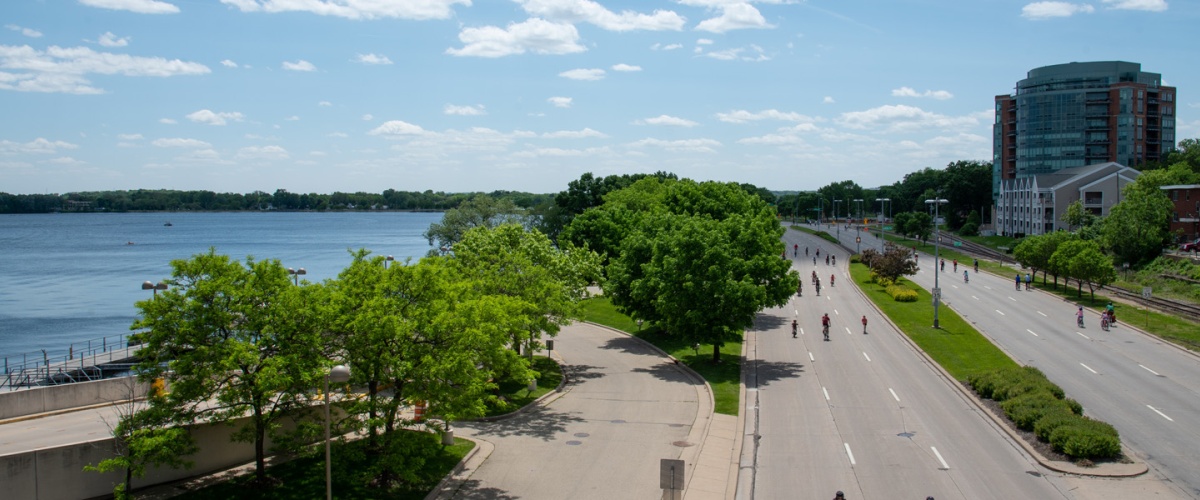
Mayor Unveils TRIM Initiative to Improve Madison Streets, Save $
Madison – Mayor Dave Cieslewicz today unveiled his latest Taxpayer Relief through Innovative Measures (TRIM) initiative. The city has purchased two new “Roadpatcher” vehicles that allow for street repairs such as pothole patching to be performed by a single worker, where previously up to four were required. The vehicles also allow for permanent street repairs to be conducted in the winter, which was not possible with the previous equipment. “As Madison continues to grow rapidly, city government needs to find innovative ways to provide quality basic services while limiting costs to taxpayers,” said Cieslewicz. “Like the successful automated recycling program, the Roadpatcher program will enable the city to provide a higher level of service, at a lower cost. We are adding about 11 miles of new street a year; programs like this enable us to manage that growth at a price we can afford.” Cieslewicz requested the purchase of the Roadpatchers in his 2006 capital budget. The vehicles cost $150,000 each, but will provide an estimated $85,000 in savings each year because a single worker can do the work. Under the old system, up to four workers were required: one to drive the vehicle, two to fill the potholes and one to drive the trailing vehicle directing traffic away from the workers. The Roadpatcher also has two other advantages over the old system: the patch can be driven on immediately after being completed, and patching can be done in temperatures as low as 25 degrees Fahrenheit. The latter improvement means that instead of using “cold mix” in the winter – which is susceptible to being washed out by spring rains or thawing – permanent repairs can be made in all but the coldest weather. The Roadpatcher works as follows: 1. The hole is sprayed with air under pressure to clean out loose impediments. 2. A layer of emulsion is sprayed around the hole especially at the edges. This acts as a glue or tack coat that helps the new patch adhere to the old pavement 3. Layers of emulsion and aggregate are then sprayed into the hole building up until the patch is level with the old pavement. 4. A top coat of dry aggregate is then applied over the top of the patch so traffic can drive on the patch immediately. “We face a tough budget picture once again this year, which will require many tough choices” said Cieslewicz. “TRIM initiatives such as the Roadpatcher allow us to provide high-quality basic services, keep costs down and manage the challenges and opportunities we face as a rapidly growing city.”
